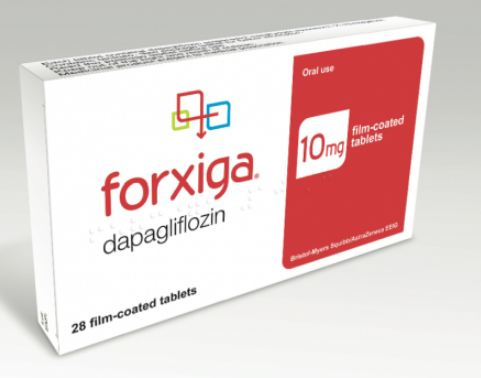

Can a Snail Hold the Key to Better Blood Sugar Control?
Helena Safavi, Ph.D., of The University of Utah, decided to take an unusual and creative approach to ultra-rapid insulin development, studying sea snails that use fast-acting insulin, not as a hormone to regulate their blood glucose, but as a toxin to sedate their prey.

SGLT Inhibition: It’s Not Just for Type 2 Anymore
Can a drug long-used for type 2 diabetes, also help those with T1D? The European body that approves medicines for human-use thinks so.

GK Activator Clinical Trial Results
A protein, called glucokinase (or GK), acts as a key regulator of sugar levels in the body, and its expression is limited to tissues that require sugar-sensing, mainly the liver and pancreatic beta cells. If blood glucose levels are deemed too high, activation of GK in the liver increases glucose utilization which in turn lowers blood glucose.

An Important Step in the FDA Review of Sotagliflozin (Zynquista™) for T1D
You’ll hear it again and again: For some people with type 1 diabetes (T1D), SGLT inhibitor therapy* means taking less insulin, having increased time in range, reducing the minute-to-minute glucose variability, contributing to weight loss and lowering your A1c. But you’ll also hear about the risks. From dehydration and constant urination to urinary tract infections […]